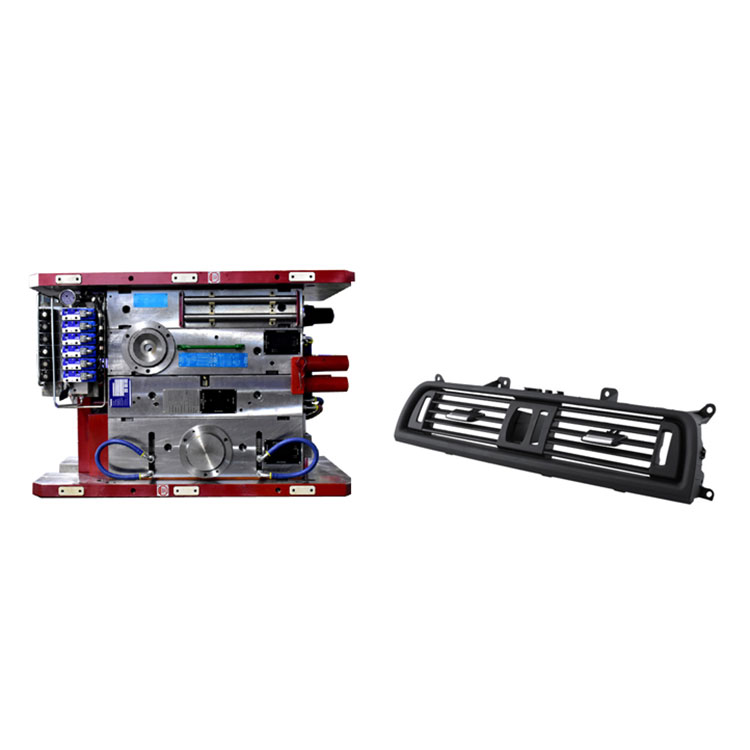Key aspects involved in the injection molding process for auto air-conditioning components
2023-12-15
Designing and manufacturing injection molds for automotive air-conditioning components involves specific considerations to ensure functionality, durability, and efficiency. Here are key aspects involved in the injection molding process for auto air-conditioning components:
1. Material Selection:
- Choose materials that can withstand the temperature and environmental conditions associated with air-conditioning systems. Common materials include polypropylene (PP) and acrylonitrile-butadiene-styrene (ABS).
2. Mold Design:
- Design the mold to accommodate the complex geometries and functional features required for air-conditioning components. Consider features like vents, ducts, and mounting points.
- Ensure that the mold design allows for proper cooling channels to maintain consistent temperatures during the molding process.
3. Functionality and Integration:
- Ensure that the molded components integrate seamlessly with other air-conditioning system elements, such as fans, filters, and coils.
- Design for proper air circulation and heat dissipation within the air-conditioning unit.
4. Quality and Sealing:
- Achieve a high-quality surface finish to ensure the integrity of seals and gaskets.
- Implement features in the mold to produce components with precise dimensions and tight tolerances to maintain proper sealing.
5. Injection Molding Machine and Process:
- Choose an injection molding machine with sufficient clamping force and shot size for the size and complexity of the air-conditioning components.
- Optimize the injection parameters, including temperature, pressure, and cooling times, to achieve consistent results.
6. Tooling and Maintenance:
- Regularly maintain the mold to ensure longevity and consistent quality. Clean and inspect the mold regularly to prevent defects and ensure proper functionality.
7. Regulatory Compliance:
- Ensure that the materials used and the manufacturing process comply with industry standards and regulations for automotive air-conditioning systems.
8. Durability and Chemical Resistance:
- Select materials that are resistant to chemicals commonly found in air-conditioning systems, such as refrigerants and lubricants.
- Design components to withstand temperature variations and potential exposure to UV radiation.
9. Automation and Efficiency:
- Implement automation where possible to improve efficiency and consistency in the production process. This can include automated part removal, inspection, and packaging.
10. Testing and Validation:
- Conduct tests to validate the functionality and durability of the air-conditioning components. This may include leak tests, pressure tests, and temperature resistance tests.
By addressing these considerations, manufacturers can produce high-quality automotive air-conditioning components through the injection molding process, meeting the specific requirements of the air-conditioning industry. Collaboration between design, engineering, and manufacturing teams is crucial for success.



